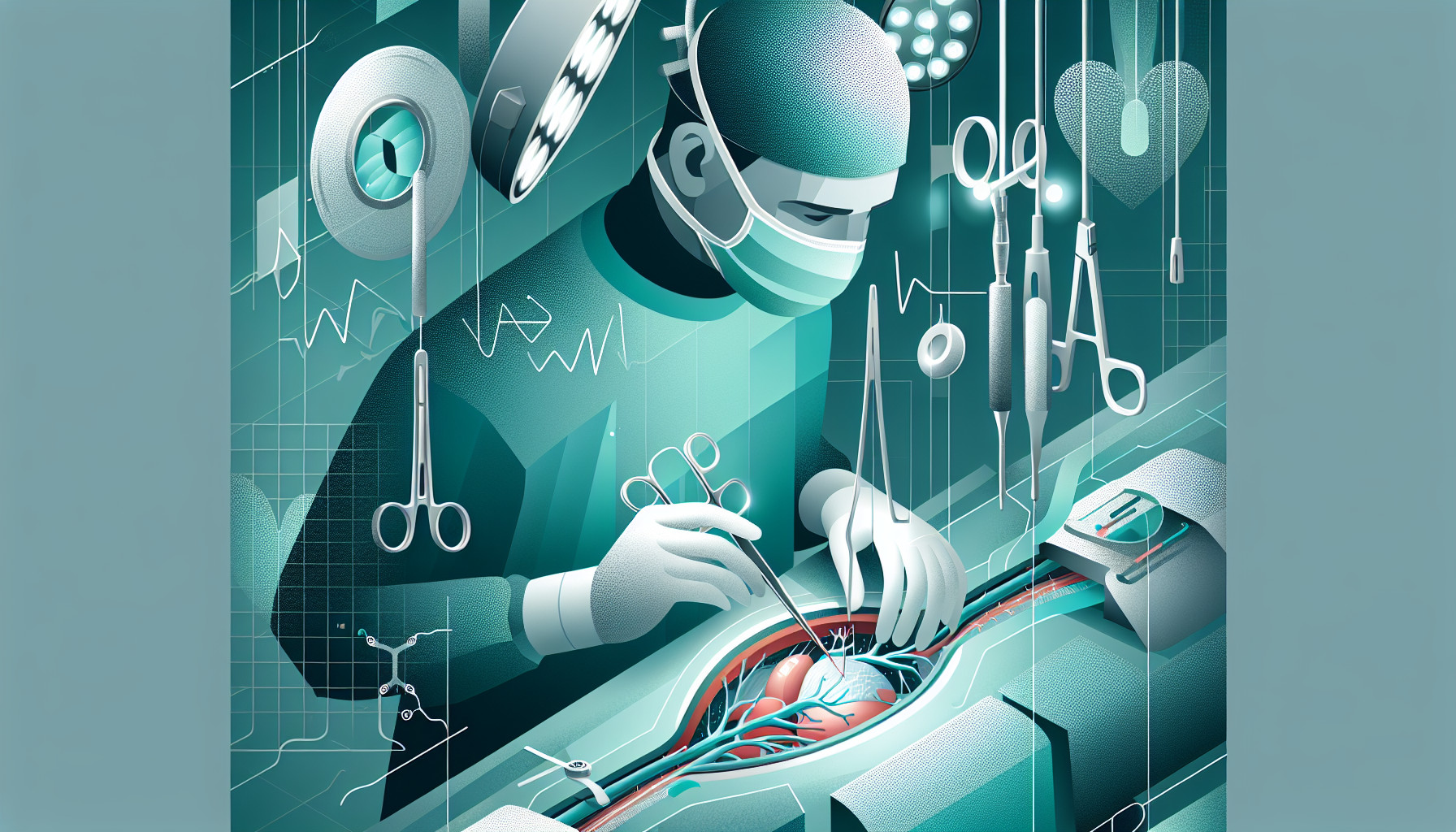Our Summary
This research paper talks about a new method for creating arteriovenous fistulas (connections between an artery and a vein) for people who need hemodialysis (a treatment for kidney failure). Traditional methods involve surgery, but this new technique uses endovascular methods - which work inside the blood vessels and are less invasive than surgery. However, not all patients are suitable for this method, as it depends on the individual’s blood vessel structure. So, medical professionals need a deep understanding of the upper arm’s blood vessel anatomy to decide who can undergo this procedure. The paper provides a detailed look at this new technique, including the steps involved and the results achieved so far.
FAQs
- What is endovascular creation of arteriovenous fistulas?
- Are all patients candidates for endovascular arteriovenous fistula creation?
- What does the procedure of endovascular arteriovenous fistula creation entail?
Doctor’s Tip
One helpful tip a doctor might tell a patient about AV fistula creation is to keep the access site clean and properly cared for to prevent infection. This includes regularly washing the area with soap and water, keeping the area dry, and avoiding tight clothing or jewelry that could put pressure on the fistula. Additionally, it is important to avoid any activities that could potentially damage the fistula, such as heavy lifting or repetitive movements that could cause strain on the access site. Regular monitoring and follow-up with healthcare providers is also essential to ensure the fistula is functioning properly and to address any issues that may arise.
Suitable For
Patients who are typically recommended for AV fistula creation include those with end-stage renal disease who require hemodialysis access. These patients may have exhausted their other options for dialysis access, such as arteriovenous grafts or central venous catheters. Additionally, patients who have suitable native vascular anatomy in their upper extremities are good candidates for AV fistula creation. It is important for healthcare providers to have a thorough understanding of the patient’s vascular anatomy and to ensure that they are able to undergo the procedure safely and effectively.
Timeline
Before AV fistula creation:
- Patient is diagnosed with end-stage renal disease and informed that hemodialysis is necessary.
- Patient undergoes vascular mapping to assess the suitability of veins for AV fistula creation.
- If veins are suitable, patient undergoes placement of a vascular access catheter for hemodialysis.
After AV fistula creation:
- AV fistula is created through a minimally invasive procedure using endovascular techniques.
- The newly created AV fistula allows for better blood flow for hemodialysis treatments.
- Patient undergoes hemodialysis sessions through the AV fistula, typically three times a week.
- Over time, the AV fistula matures and becomes more efficient at facilitating hemodialysis.
- Patient experiences improved quality of life and better outcomes with the use of the AV fistula for hemodialysis.
What to Ask Your Doctor
Some questions a patient should ask their doctor about AV fistula creation include:
- Am I a candidate for endovascular arteriovenous fistula creation?
- What are the potential risks and complications of the procedure?
- How long will the AV fistula last and will it provide adequate access for hemodialysis?
- What is the recovery process like after the procedure?
- How often will I need to have the AV fistula checked or maintained?
- Are there any lifestyle changes or restrictions I need to follow after the procedure?
- What is the success rate of endovascular AV fistula creation compared to traditional surgical methods?
- How soon after the procedure can I start using the AV fistula for hemodialysis?
- Are there any specific instructions I need to follow to care for the AV fistula?
- What alternative options are available if endovascular AV fistula creation is not suitable for me?
Reference
Authors: Cornman-Homonoff J, Razdan R, Lozada JCP. Journal: Semin Intervent Radiol. 2025 Mar 3;42(2):176-181. doi: 10.1055/s-0045-1805040. eCollection 2025 Apr. PMID: 40376219
